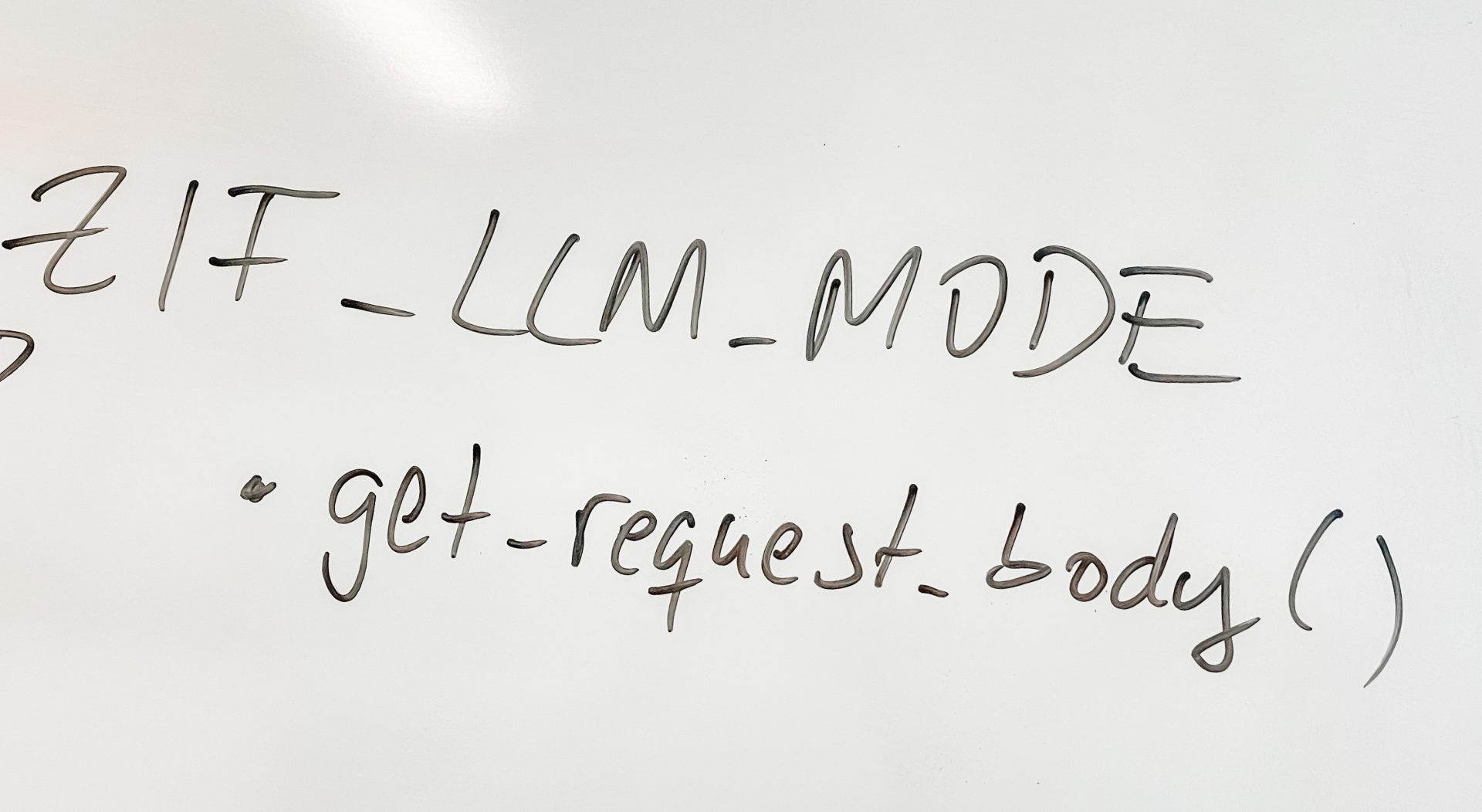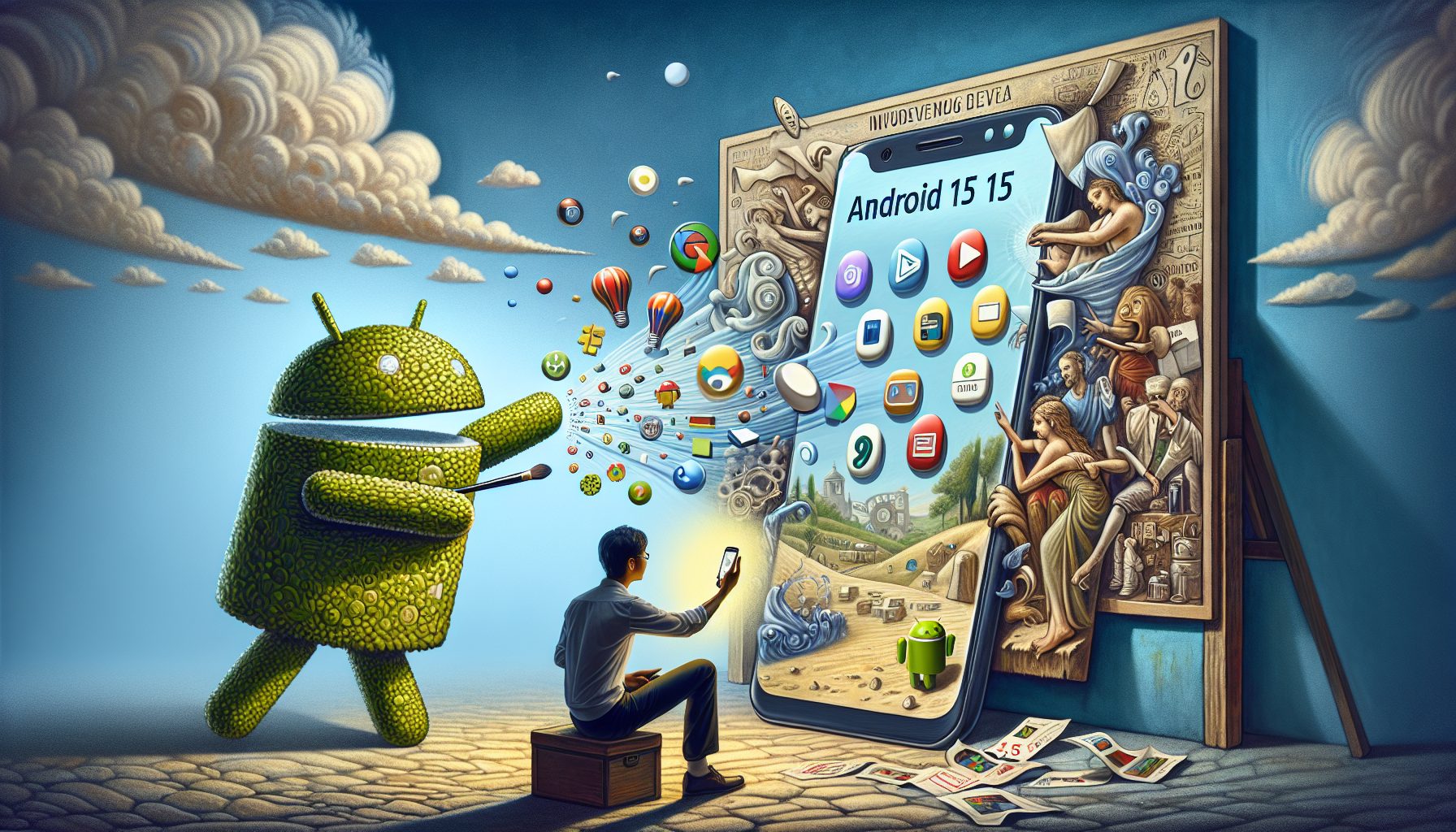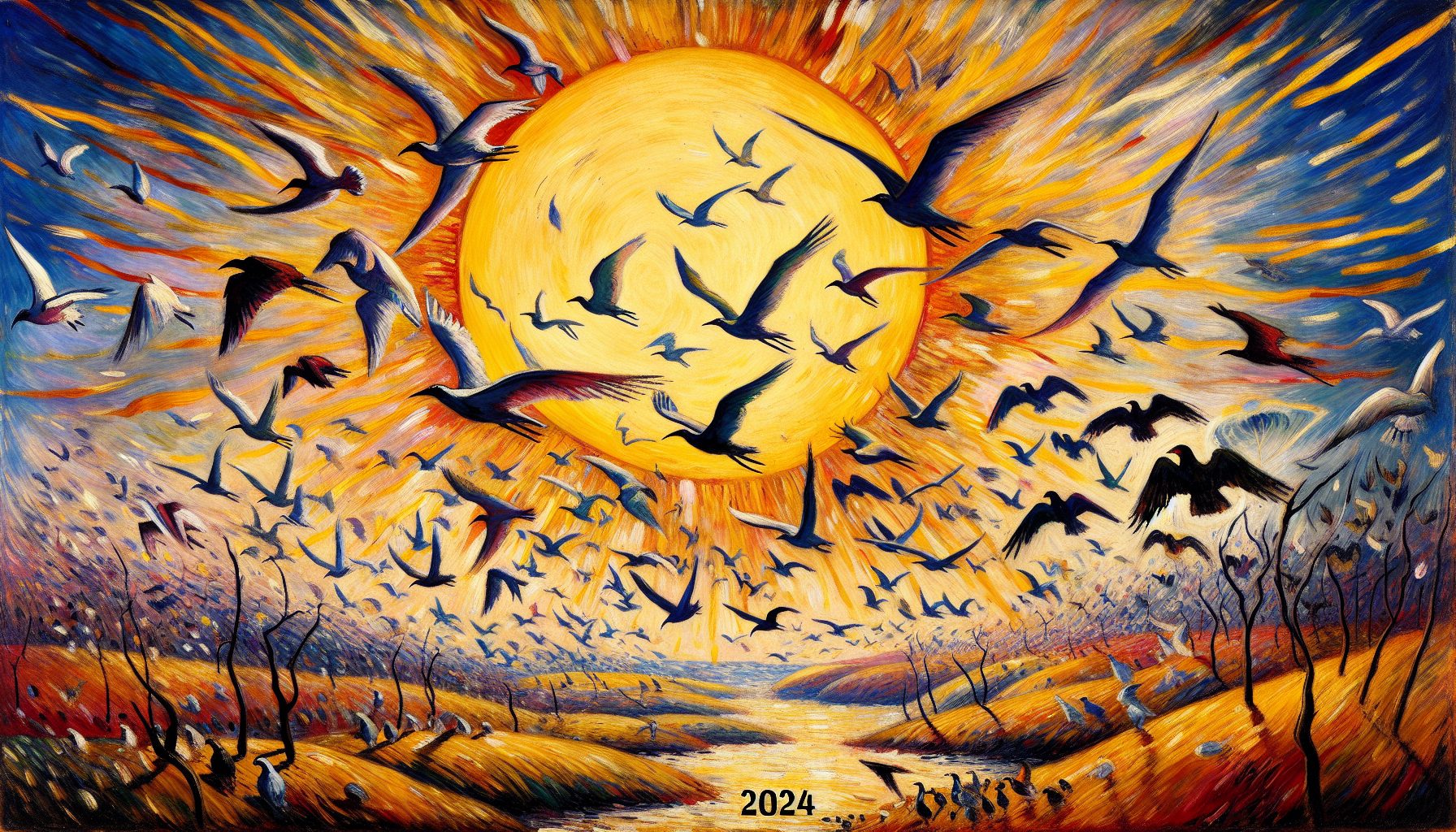In the ever-evolving landscape of artificial intelligence, language models play a crucial role in natural language processing tasks. Hugging Face, a prominent player in the field, recently made waves with the introduction of Falcon 180B, the largest open source Large Language Model (LLM) to date. Falcon 180B not only achieves state-of-the-art performance but also poses a challenge to Google’s Palm 2, a leading AI model. With Falcon 180B, Hugging Face pushes boundaries, delivering a powerful tool with no guardrails to prevent it from creating potentially unsafe or harmful outputs. In this article, we will delve into the remarkable capabilities of Falcon 180B and explore the implications of its unrestricted nature.
Achieving State-of-the-Art Performance
When researchers claim that an algorithm or language model achieves “state-of-the-art” performance, it signifies that it is operating at the highest level, surpassing existing benchmarks. Falcon 180B, developed by Hugging Face, proudly joins the ranks of state-of-the-art models. This open source LLM outperforms previous models and rivals Google’s Palm 2, as backed by data-driven comparisons.
Hugging Face’s Falcon 180B demonstrates superior performance across a range of natural language tasks. The model surpasses the capabilities of Llama 270B, the previous most powerful open source model, and even outperforms OpenAI’s GPT-3.5. Remarkably, Falcon 180B performs on par with Google’s Palm 2, a testament to its exceptional capabilities.
The performance achieved by Falcon 180B sets a new standard in the field of large language models, and its potential for further optimization through user fine-tuning is an exciting prospect.
The RefinedWeb Dataset: Training the Falcon 180B
To develop Falcon 180B, Hugging Face utilized a meticulously curated dataset known as The RefinedWeb Dataset. This dataset exclusively comprises content from the internet, sourced from the publicly available Common Crawl dataset. However, the raw web data requires thorough filtering and deduplication to ensure optimal quality.
The researchers employed an aggressive deduplication strategy, combining fuzzy document matches and exact sequence removal to eliminate repeated, boilerplate, and machine-generated spam content. These measures address potential issues caused by crawling errors and low-quality sources. The resulting dataset successfully represents natural language and competes with curated corpora, even surpassing LLMs trained on non-web data.
The success of The RefinedWeb Dataset highlights the significance of meticulous data curation in training large language models.
The Guardrail-Free Nature of Falcon 180B
One intriguing aspect of Falcon 180B is its lack of guardrails. Unlike other models, Falcon 180B has not undergone alignment tuning to prevent the generation of unsafe or harmful outputs. This unrestricted nature allows users to explore uncharted territories and generate outputs that go beyond the capabilities of models from OpenAI and Google.
Hugging Face emphasizes the limitations of Falcon 180B, cautioning that it can produce factually incorrect information, hallucinate facts, and even engage in problematic behavior if prompted to do so. This absence of advanced tuning and alignment implies that Falcon 180B possesses both tremendous potential and inherent risks.
Commercial Use and Licensing
Hugging Face allows commercial use of Falcon 180B, but it is essential to note that the model is released under a restrictive license. To ensure compliance with legal requirements, Hugging Face advises consulting a lawyer before utilizing Falcon 180B for commercial purposes. This cautious approach reflects the complexities surrounding the usage of advanced language models in commercial settings.
Falcon 180B as a Starting Point
Falcon 180B, in its current form, serves as a base model that requires additional training to fulfill specific purposes. While it lacks a prompt format and conversational capabilities, it provides an excellent platform for further fine-tuning. Hugging Face has also released a chat model, albeit a “simple” one, for users seeking conversational responses.
Falcon 180B’s versatility and potential for customization make it an appealing tool for researchers and developers alike.
The Future of Open Source LLMs
The introduction of Falcon 180B demonstrates the continuous advancements in open source large language models. By challenging Google’s Palm 2 and achieving state-of-the-art performance, Hugging Face showcases its commitment to pushing the boundaries of what is possible in natural language processing.
As we navigate the future of AI and language models, it is crucial to strike a balance between innovation and responsible use. While Falcon 180B’s unrestricted nature unlocks new possibilities, it also raises concerns about the generation of harmful or misleading content. The ongoing development and fine-tuning of models like Falcon 180B will undoubtedly shape the future of open source LLMs and their impact on various industries.
See first source: Search Engine Journal
FAQ
What does “state-of-the-art performance” mean in the context of language models like Falcon 180B?
When we say a language model achieves “state-of-the-art performance,” it means that the model operates at the highest level and outperforms existing benchmarks. Falcon 180B, developed by Hugging Face, is considered state-of-the-art because it surpasses previous models and competes with Google’s Palm 2, a leading AI model, in terms of performance.
What dataset was used to train Falcon 180B, and why is it significant?
Falcon 180B was trained using The RefinedWeb Dataset, which exclusively consists of internet content from the Common Crawl dataset. The significance lies in the meticulous curation and deduplication of this web data, ensuring high quality and competitive performance compared to models trained on non-web data.
What sets Falcon 180B apart in terms of its capabilities and restrictions?
Falcon 180B is unique because it lacks guardrails or alignment tuning, unlike many other models. This means it can generate a wide range of outputs, including potentially unsafe or inaccurate information. Users have the freedom to explore innovative possibilities, but they must also be cautious about its unrestrained nature.
Can Falcon 180B be used for commercial purposes, and what should users consider regarding its licensing?
Yes, Falcon 180B can be used for commercial purposes. However, it is crucial to be aware that it comes with a restrictive license. Users are advised to consult legal experts to ensure compliance with legal requirements and intellectual property rights when using Falcon 180B commercially.
What is the future potential of Falcon 180B, and how can it be customized?
Falcon 180B serves as a base model that can be further fine-tuned to suit specific needs. While it doesn’t have conversational capabilities by default, it provides a solid foundation for customization. Hugging Face has also released a “simple” chat model for users interested in conversational responses, and this flexibility makes Falcon 180B a versatile tool for researchers and developers.
How does Falcon 180B impact the future of open source Large Language Models (LLMs) and their use in various industries?
The introduction of Falcon 180B reflects the continuous progress in open source LLMs. By challenging Google’s Palm 2 and achieving state-of-the-art performance, Hugging Face showcases its dedication to pushing the boundaries of natural language processing. While the model’s unrestricted nature opens new possibilities, it also highlights the need for responsible use to address concerns related to harmful or misleading content. Ongoing development and fine-tuning of models like Falcon 180B will shape the future of open source LLMs and their impact on diverse industries.
Featured Image Credit: Bernd 📷 Dittrich; Unsplash – Thank you!









